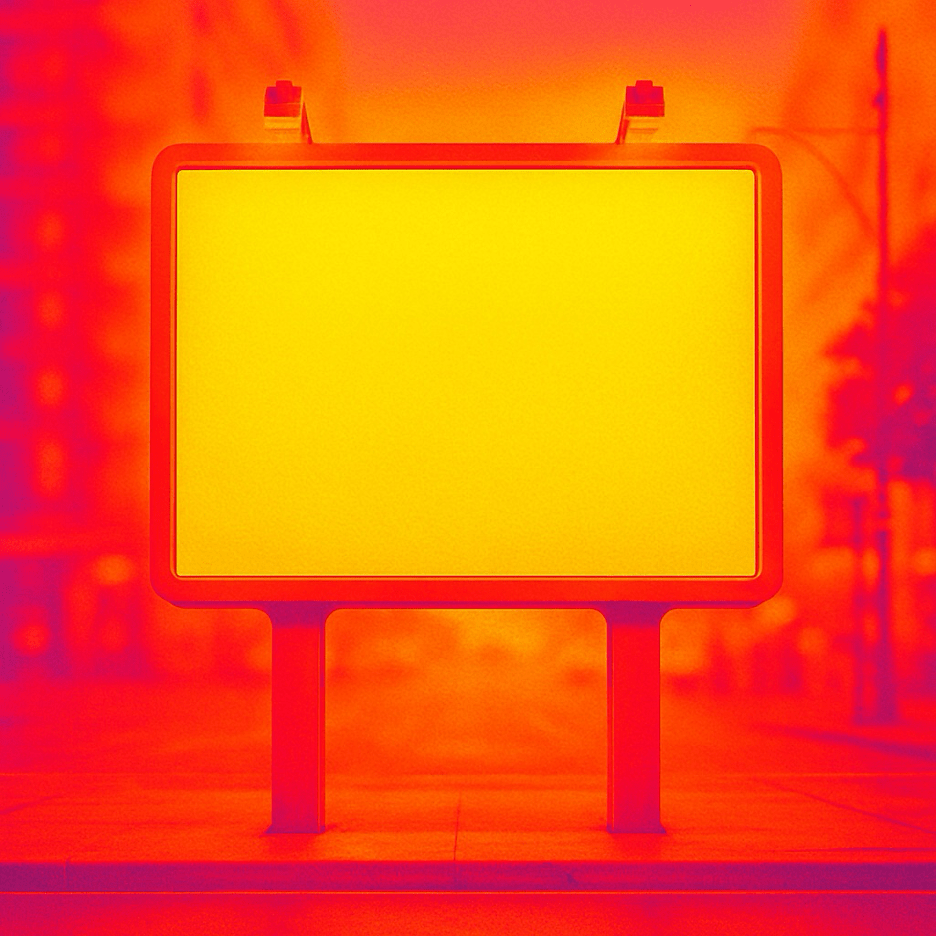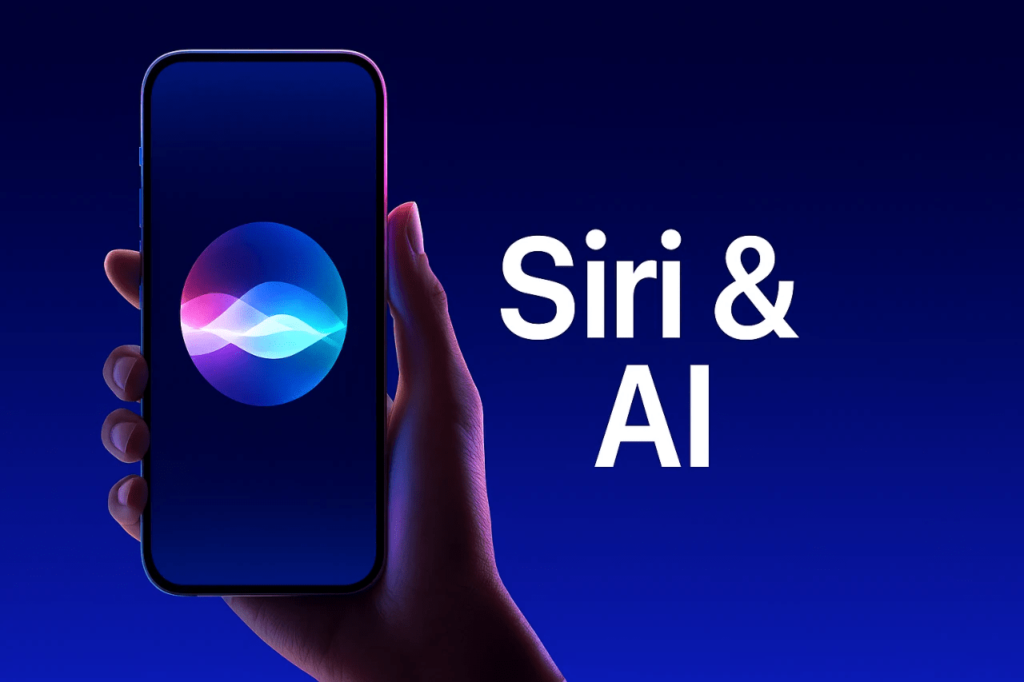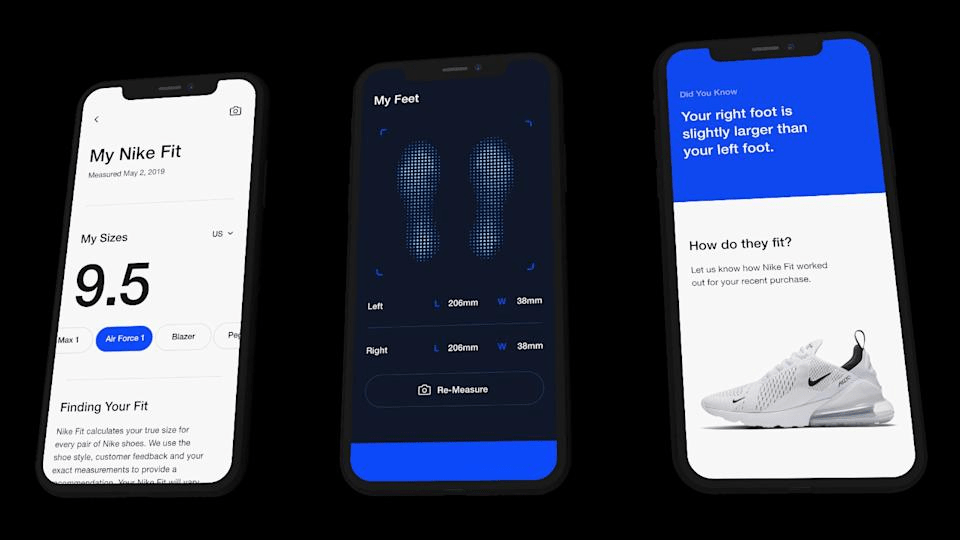
Marketing Without Content: The Coming Era of Invisible Influence
When technology becomes invisible, so will marketing—and the best brands will be the ones that mastered silence before it was fashionable.
Technology becomes most human when we stop noticing it. Cars, cameras, and computers once demanded skill. Now, we just expect things to work—tap, swipe, say the word and life rearranges itself around our wishes. Algorithms, agents and ambient systems are already shaping what people buy long before they realize they’re being sold to.
Perhaps it’s inevitable that marketing follows the same path. From interruptive to ambient. From the billboard to the background. The hard truth? Nobody ever wanted to be marketed to. What we’ve always wanted is a frictionless existence—products and experiences that appear exactly when needed and fade when not.
And it’s already happening. Amazon’s anticipatory shipping predicts what you’ll order before you click…putting some items minutes away versus hours or day. Spotify curates soundtracks that shift with your mood. L’Oréal’s AI mirrors analyze your skin and recommend products instantly—no ad, no pitch, just presence. Marketing may never die. But it may just melt into the machinery.

Invisible Influence: How Marketing Disappears
The AI in marketing industry is already worth $47 billion this year and growing 36 percent annually, yet most companies still treat it as a content factory. 93 percent of marketers using AI rely on it for copy and images, while only a few are using it to engineer discovery itself. The real opportunity might just be to make the brand’s presence felt without its voice being heard. It’s a layered approach.
The Ambient Layer – Be everywhere, quietly.
Marketing lives in the seams of everyday life—your car dashboard suggesting a café, a watch nudging you toward a run, a playlist that understands your mood before you do. Spotify’s “Daylist” and LEGO’s in-store AR screens prove that helpful beats loud every time.
The Agent Layer – Market to the machine.
Digital assistants are the new buyers. Amazon’s algorithms, Google’s AI Overviews, and Apple’s Siri suggestions decide what appears first. As I’ve written before, the marketer’s next job will be to teach the algorithm your brand’s story in its own language—structured data, consistent signals, ethical relevance.

The Predictive Layer – Anticipate instead of advertise.
Nike’s AI sizing tool doesn’t sell shoes; it removes hesitation. HP’s site does the same—its Adobe Sensei–powered personalization studies each visitor’s behavior and quietly reshapes pages, offers and products in real time, lifting conversions by double digits without shouting a single banner. Half of global marketers say their biggest challenge is failing to use AI predictively. They’re waiting for perfect tools while faster brands quietly engineer foresight.
The Ethical Layer – Don’t be creepy.
As invisible influence grows, so does responsibility. The Interactive Advertising Bureau (IAB) warns that cheaper, faster ad production could flood the digital world with noise. Dove’s Real Beauty AI flipped the script, using filters to call out artificial perfection rather than perpetuate it. Invisible marketing only works when people still trust what they don’t see.
The Emotional Layer – Make the invisible human.
When the machine handles the message, humanity becomes your advantage. Airbnb’s Belong Anywhere ethos isn’t just advertising—it’s coded emotion. Meta’s Ray-Ban smart glasses blend tech and intimacy, proof that warmth still cuts through automation. With 73 percent of global ad spend now digital, those who master tone, restraint and empathy will rise above the noise.
What Marketers Should Do Now
Most marketers know something is shifting, but too many are treating it like another channel to optimize instead of an evolution to lead. The move to invisible influence demands a new mindset—not just more data, but more design thinking. This is less about “doing AI” and more about being chosen by the systems that now mediate choice itself. CMOs must start re-engineering how their brands are seen—or rather, how they’re not seen—before the next wave of automation decides for them.
- Design for discovery, not display. Your new audience is the algorithm. Make your brand data-readable, not just audience-ready. If your content looks good but your data looks sloppy, you’ve built a billboard in the desert.
- Structure everything. Product data, metadata and reviews are your new billboards. Make sure your feeds, schemas and naming conventions tell a clear story. The cleaner your data, the closer you are to being the algorithm’s “right answer.”
- Measure trust, not traffic. Invisible marketing runs on credibility, not clicks. Measure the signals of reliability—accuracy, user satisfaction, repeat use—not just vanity metrics.
- Practice elegant restraint. The brand that’s useful in silence outlasts the one that screams. The next creative frontier isn’t more—it’s less, delivered perfectly.
- Train for algorithmic empathy. Know how machines decide—and make sure they choose you. Your teams must understand ranking systems, semantic context and how AI “thinks.” That’s tomorrow’s media planning.
The takeaway: this isn’t about abandoning creativity; it’s about evolving it. The art is still human—but the audience is digital infrastructure. Learn to speak its language, and it will speak your brand fluently on your behalf.

The Bigger Picture
Marketers love disruption stories, but this one isn’t on the horizon—it’s already here. The global AI market has blown past $750 billion, with 85 percent of marketers planning to expand AI use within two years. Yet 44 percent still say they’re “waiting for the technology to mature.” They’re waiting while Google rewrites search behavior, Amazon pre-emptively ships goods and Spotify curates daily emotion.
That hesitation is as reckless as ignoring electricity because you’re still perfecting candlelight.
And here’s the kicker: 71 percent of brands experimenting with immersive or ambient campaigns are already seeing measurable ROI. They’ve discovered the paradox of modern marketing—the less you say, the more you’re heard.
So, stop counting impressions and start engineering impressions that don’t require counting. Because in this new world, the brand that wins isn’t the one that shouts the loudest—it’s the one the system remembers first.
The next frontier of marketing isn’t about visibility. It’s about velocity, intuition and trust coded into every interaction. When the machine starts to choose on our behalf, the only question left will be: Did you teach it to choose you?
Because in a future where marketing may not be seen, the best of it will still be felt.
Sources:
SurveyMonkey AI Marketing Report 2025
SEO.com AI Market Outlook 2025
CoSchedule AI Marketing Statistics 2025
Reuters Global Ad Spend Report 2025
Winsome Marketing Ambient Computing Trends 2025
Brandingmag Gravitational Pull Case Studies
Yord Studio Immersive Campaigns 2025
DailyWild Amazon Anticipatory Shipping Study
Sixth City Marketing AI Adoption Survey 2025
Interactive Advertising Bureau (IAB) 2025 Trends Report



